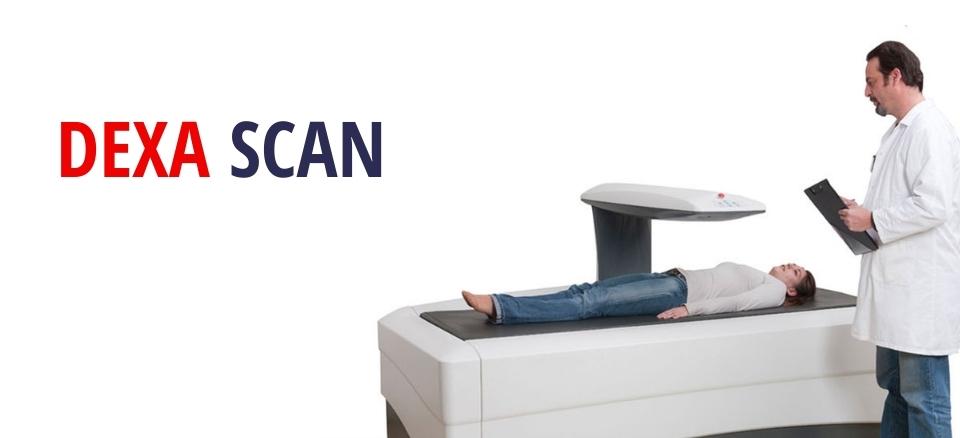Decoding Bone Health: The Comprehensive Guide to Dexa Scans

Bone health is a critical aspect of overall well-being, influencing our ability to move, support our bodies, and protect vital organs. As we age, maintaining strong and healthy bones becomes increasingly important to prevent conditions like osteoporosis and fractures. One key tool in assessing bone health is the Dual-Energy X-ray Absorptiometry (DEXA) scan. In this comprehensive guide, we will delve into the significance of Dexa Scan, how they work, and the valuable insights they provide into bone density and overall skeletal health.
Understanding Dexa Scans
Dexa scans, also known as bone density scans, utilize a specialized X-ray technology to measure the density of bones. The procedure involves directing low-dose X-ray beams at the bones, typically the spine, hips, and sometimes the forearm. Dexa scans are non-invasive, quick, and relatively painless, making them a widely used method for assessing bone health.
Assessing Bone Density
The primary purpose of Dexa scans is to evaluate bone mineral density (BMD). Bone density is a crucial indicator of bone strength and susceptibility to fractures. Dexa scans provide precise measurements, comparing bone density to established norms for age and gender. The results are usually expressed as T-scores and Z-scores, helping healthcare professionals identify potential risks and tailor interventions accordingly.
Indications for Dexa Scans
Dexa scans are commonly recommended for specific groups, including postmenopausal women, individuals with a family history of osteoporosis, those taking long-term corticosteroids, and older adults at risk of fractures. Additionally, Dexa scans are valuable for monitoring bone health in patients undergoing treatments that may affect bone density.
Interpreting Dexa Scan Results
Understanding Dexa scan results involves interpreting T-scores and Z-scores. T-scores compare an individual’s bone density to that of a young, healthy adult, while Z-scores compare it to individuals of the same age and sex. A T-score of -1 and above is considered normal, between -1 and -2.5 indicates osteopenia (low bone density), and -2.5 and below signifies osteoporosis.
Preventive Measures and Interventions
Dexa scans empower healthcare professionals to implement preventive measures and interventions based on individual risk profiles. Lifestyle modifications, calcium and vitamin D supplementation, weight-bearing exercises, and medications may be recommended to enhance bone health and reduce the risk of fractures.
Conclusion:
In the realm of bone health, Dexa scans stand as a vital diagnostic tool, offering valuable insights into bone density and the risk of osteoporosis. Regular screenings can aid in early detection and timely intervention, ultimately contributing to improved bone health and overall well-being. As we navigate the path towards healthy aging, understanding and leveraging the information provided by Dexa scans is an essential step in promoting skeletal strength and resilience.







